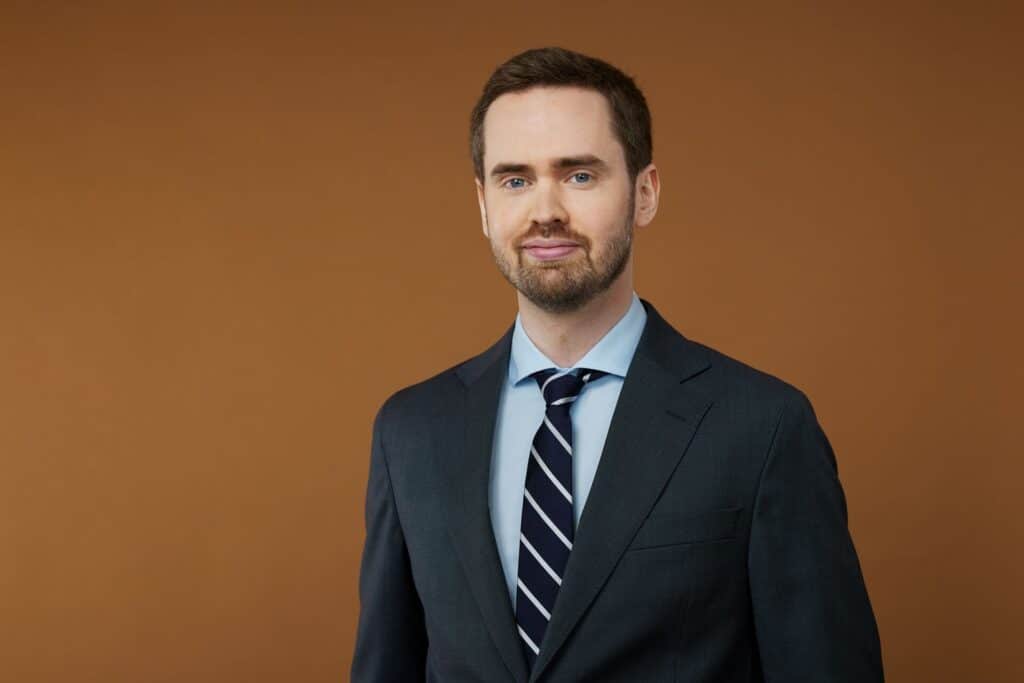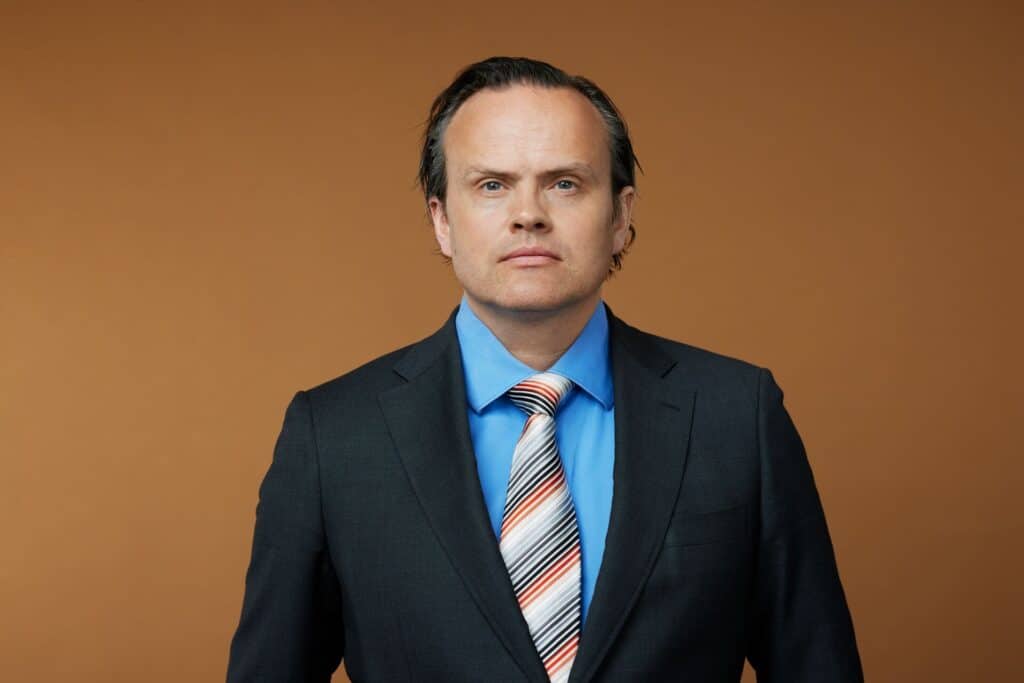The size of the Icelandic pension funds, relative to GDP, is now larger than the combained market value of the country’s banks and insurers, with enough capital to buy all the listed equities and bonds of ISK6 trillion (Euro40.7billion) market. According to data from the Central Bank of Iceland, at the end of 2023 Icelandic pension fund assets totalled ISK7.71 trillion or 184% of GDP. This alone necessitates diversification internationally and also to alternatives there including alternative fixed income both home and abroad.
Frjalsi Pension Fund, the fifth largest in Iceland with assets of ISK500 billion (Euro3.4 billion) and about70,000 members is the largest independent pension fund and has been focusing on investing in alternatives locally since after the economic crisis in 2008 and in foreign alternatives, including foreign fixed income, since 2019, a few years after the currency constraints were removed in 2017. Icelandic pension funds are currently allowed to have 20% in unlisted assets.

The investment case for our investing in alternative fixed income is both diversification and returns, according to Halldór Grétarsson, senior portfolio manager responsible for alternative fixed income at Arion Bank’s institutional asset management arm which manages Frjalsi’s portfolio. Frjalsi 1, the largest investment path, is currently investted around 11% in unlisted assets (not including undrawn commitments), with about 2% in international alternative fixed income and 2,5% in the domestic market.
Currently there is a 51.5% limit for Icelandic pension funds of investing internationally but this will rise to 53% in 2025 and at the same yearly pace to 65% by 2036. At the end of June about 39% of pension assets were invested internationally, according to the central bank.
“There are plenty of opportunities in Iceland but there are even more possibilities abroad,” Grétarsson noted.
“The Icelandic alternative fixed income market started in full force after the 2008 Global Financial Crisis when the listed market shrunk severly. This spurred the fund management arms of local banks to start private equity funds, such as the Stefnir SIA series (Arion bank) and Landsbréf Hornseries (Landsbankinn),” he said, adding that there are also some smaller non-bank alternatives funds operators today such as Summa. “Over the past five years, the venture capital market has also grown Most of the larger fund management houses are also offering private debt funds,” he added.
Grétarsson continued: “We have been investing in foreign private markets since 2019. As Icelandic pension funds can only invest 20% in unlisted securities, we prefer and mainly focus on high-octane investments. When it comes to private credit, our focus has been on levered, direct-lending funds both in the US and in Europe, all of which are mid-cap market focused, with underlying companies between US$25-75 million EBITDA. We consider mid-caps a sweet-spot for us. It has to do with the accessibility to the lending markets by the underlying companies. If you go for the large-cap market then the companies can usually access the broader syndicated market and get better terms or access the high-yield market. If you go for small-caps then the companies are much smaller and usually with greater default risk. ”
He further noted that the investments are majority floating-rate senior secured loans. “Because of our preference of high-octane investment we have, in most case, invested in leveraged funds. This is not what European investors typically prefer; it is more of a US-investor focus. But for us, if it is not leveraged the return target is often too low and then we’d rather do more private equity, because of the 20% limit we have on unlisted investments,” he explained, adding that the aim in alternatives is to scale up the portfolio returns over the long horizon. The portfolio is currently invested with two US managers and two European managers.
In other fixed income segments Arion Bank invests in a high-yield fund focusing on Scandinavia. “We have seen that premiums in Scandinavia are, in some areas, higher than in Europe and differ to the US in that it is predominantly floating rate, giving us exposure to the credit risk without the interest rate risk,” Grétarsson said. “We are noticing that in the US managers have been increasing their allocation to payment-in-kind (PIK) debt. PIK is a type of loan where the borrower pays interest with additional debt rather than cash. ” he notes, adding that the portfolio is also invested in distressed debt funds which could benefit if signs of trouble materialise but also provides diversification. Apart from Frjalsi, Arion Bank also manages the assets of five other pension funds. The average asset allocation to fixed income across Arion Bank’s portfolio is 54% out of which alternative fixed income constitutes approxinmately an aggregated 3%, and is increasing.
Hjörleifur Waagfjörð, head of institutional asset management at Arion Bank, said: “In the portfolios we manage the average allocation to international alternatives is often on the range 5-10% and up to 7% is currently invested in domestic alternatives. In the domestic market we mostly use local funds or similar investment vehicles to access the alternative fixed income market. These funds, such as the Stefnir SÍL Series, are a relatively new phenomenon, having been introduced in the last 10 years, focusing on secured loans.”

Fixed-income related hedge funds are at this point in time not on the radar Waagfjörð said. “Our main foreign alternative focus in the last months has been on the secondary market and private debt. Since the interest rates are giving such a good expected return with some gearing on top, we have not seen the need to look at the hedge fund spectrum” he added.
Unlisted assets of portfolio mandates are currently well under legal restrictions giving room to expand its unlisted investments further, up to the 20%. Waagfjörð said the majority of unlisted illiquid assets are invested private equity, estimating that some 20-40% of flows to unlisted assets go to alternative fixed income.
In June 2024 a law-change relating to pension fund investment limits was introduced which now enables them to invest up to 5% of total assets in equities issued by companies active in the long-term residential rental market regardless of them being listed or unlisted. This led to the establishment of, so far, the largest special residential rental fund Stefnir SRE III (by Stefnir, Arion Bank) with assets of ISK 40 billion. The fund is solely owned by only local pension funds.
Other areas of the alternative fixed income market where Icelandic pension funds have been active for many years include consumer exposure through mortgage loans, both to fund members and through other channels. As part of the country’s sustainable financing framework, introduced in 2021 and updated in 2023, green, blue and social bonds can be issued. This year the government issued a Green Bond to boost its sustainability credentials as well as a Gender Bond, designed to boost the financial health and welfare of women. Some of these bond issues have been invested in current portfolio of Frjálsi.
Picture: (c) By-b-hide-the-scene—shutterstock.com

